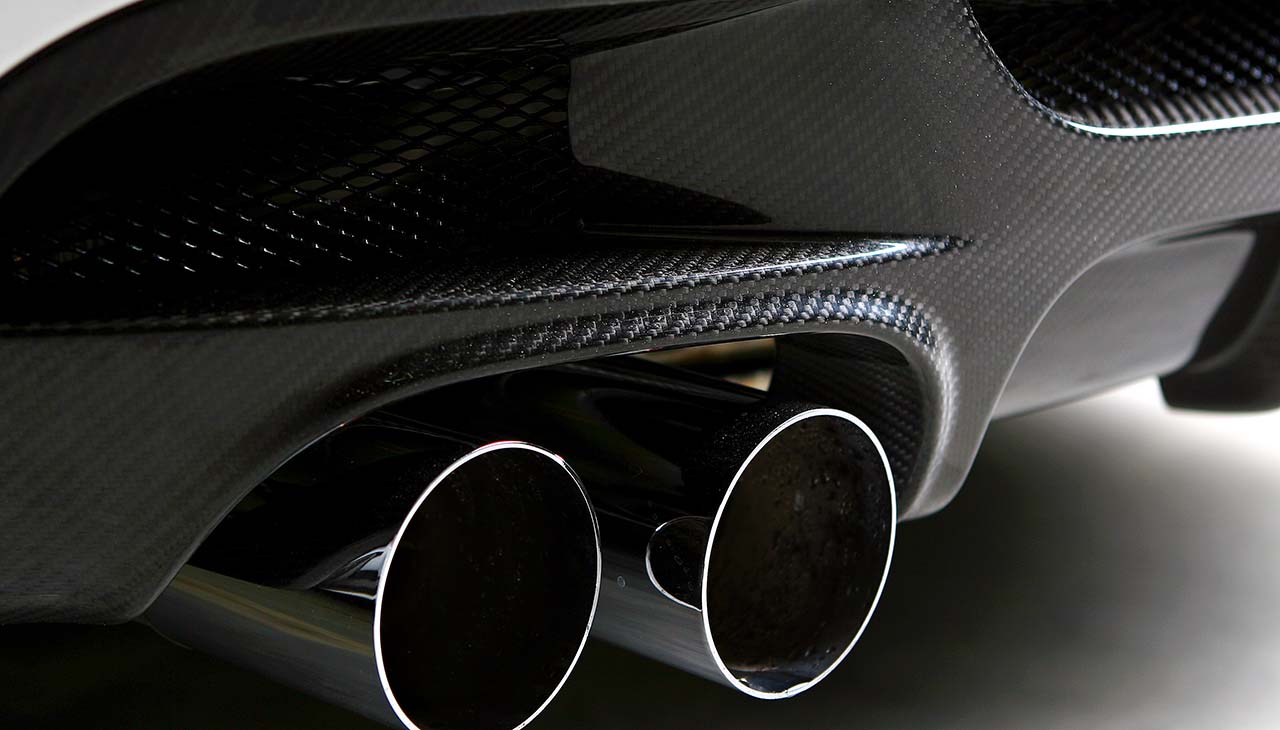Track days offer an exhilarating opportunity for driving enthusiasts to push the limits of their vehicles in a safe, controlled environment. However, the transition from street to racetrack demands thorough preparation to ensure both driver safety and vehicle performance. This guide will take you through essential steps to prep your car for the racetrack, covering everything from mechanical checks to safety gear. Whether you’re a seasoned track veteran or a novice eager to make your debut, following these guidelines will help you get the most out of your track day experience.
Safety Checks
Tire Inspection and Maintenance
Prioritizing tire inspection is crucial for racetrack readiness. Ensure your tires are appropriate for the track and in good condition – look for any signs of uneven wear, bulges, or embedded objects that could lead to a blowout under high speeds. Additionally, ensure your tires are inflated to the manufacturer’s recommended PSI to optimize grip and handling.
Brake System Examination
A robust brake system is paramount for safety on the track. Inspect the brake pads for wear and replace if necessary — generally, pads with less than 50% material remaining are due for replacement. Check the brake fluid levels and consider using a high-temperature fluid designed for racing conditions to prevent brake fade during intensive use.
Suspension and Steering Components Assessment
The condition of your suspension and steering systems heavily influences vehicle stability and handling. Inspect all components for signs of wear or damage, including shocks, struts, bushings, and tie rods. Ensure everything is tight and in proper working order to withstand the rigors of track driving.
Fluid Levels and Condition Evaluation
Proper fluid levels are essential for your car’s performance and longevity. Check the levels of your engine oil, coolant, brake fluid, and transmission fluid, ensuring they are within the recommended range. It’s also advisable to check the condition of these fluids; any signs of contamination or degradation mean it’s time for a change. Regularly maintaining these fluids can significantly reduce the risk of mechanical failures on the track.
Performance Upgrades
Consideration of Performance Modifications
For those looking to not only prepare but also improve their car for the racetrack, considering performance modifications is a vital step. These enhancements can significantly boost your vehicle’s handling, speed, and safety on the track.
Upgrading Brake Pads and Rotors
One of the most impactful upgrades is enhancing the braking system with high-performance brake pads and rotors. This upgrade is essential for handling the increased stress and heat generated during track days. High-performance brake pads provide better stopping power and fade resistance, while upgraded rotors can improve heat dissipation, reducing the chances of brake fade during extended sessions on the track.
Installation of High-Performance Tires
Another critical upgrade is the installation of high-performance tires. These tires are specifically designed to provide superior grip and handling compared to standard street tires, significantly improving your car’s performance on the racetrack. They can make a marked difference in lap times and overall vehicle stability at high speeds.
Tuning for Increased Power Output
Lastly, tuning the engine for increased power output can give your car the extra edge it needs on the track. This can include adjustments to the car’s computer, the installation of performance air intakes, exhaust systems, and even turbocharging or supercharging for those looking for substantial power increases. Remember, increased power requires a careful balance with the vehicle’s handling and braking capabilities to ensure optimal performance and safety.
Aerodynamics and Cooling
Enhancing your car’s aerodynamics can lead to better stability and efficiency at high speeds, a crucial factor on the racetrack. Installing aerodynamic components such as a rear spoiler, front splitter, or underbody trays can reduce air resistance and increase downforce, keeping your vehicle firmly planted on the track. This not only improves handling and cornering speed but also contributes to overall safety.
Upgrading the cooling system is equally important to prevent overheating, especially when pushing your car to its limits. High-performance radiators, upgraded coolant hoses, and high-flow water pumps can significantly improve your cooling system’s efficiency. Additionally, installing oil coolers can help maintain optimal engine and transmission temperatures, ensuring your car performs consistently throughout the track day. Remember, a well-maintained cooling system is vital to avoid the risk of overheating and the potential engine damage that can follow.
Interior Preparations
Installing Racing Seats and Harnesses
When preparing your car for the racetrack, upgrading to racing seats and harnesses is a critical safety and performance modification. Racing seats provide better support and positioning for the driver, crucial for maintaining control at high speeds and during aggressive maneuvering. When selecting a racing seat, ensure it’s compatible with your vehicle and offers a snug, comfortable fit. Alongside the seats, installing a multi-point harness system is essential for securing the driver firmly in place. These harnesses distribute the forces exerted during sudden stops or impacts more evenly across the body, significantly reducing the risk of injury.
Removal of Unnecessary Items for Weight Reduction
Reducing your car’s weight can have a significant positive impact on its performance on the racetrack. Every pound removed can enhance acceleration, braking, and handling capabilities. Begin by removing non-essential items such as the rear seats, spare tire, and any unnecessary interior trim or components. For those more serious about weight reduction, consider replacing windows with polycarbonate alternatives and swapping out heavier body panels with lighter materials like carbon fiber. Remember, the goal is to strike a balance between weight reduction and maintaining the car’s structural integrity and safety.



